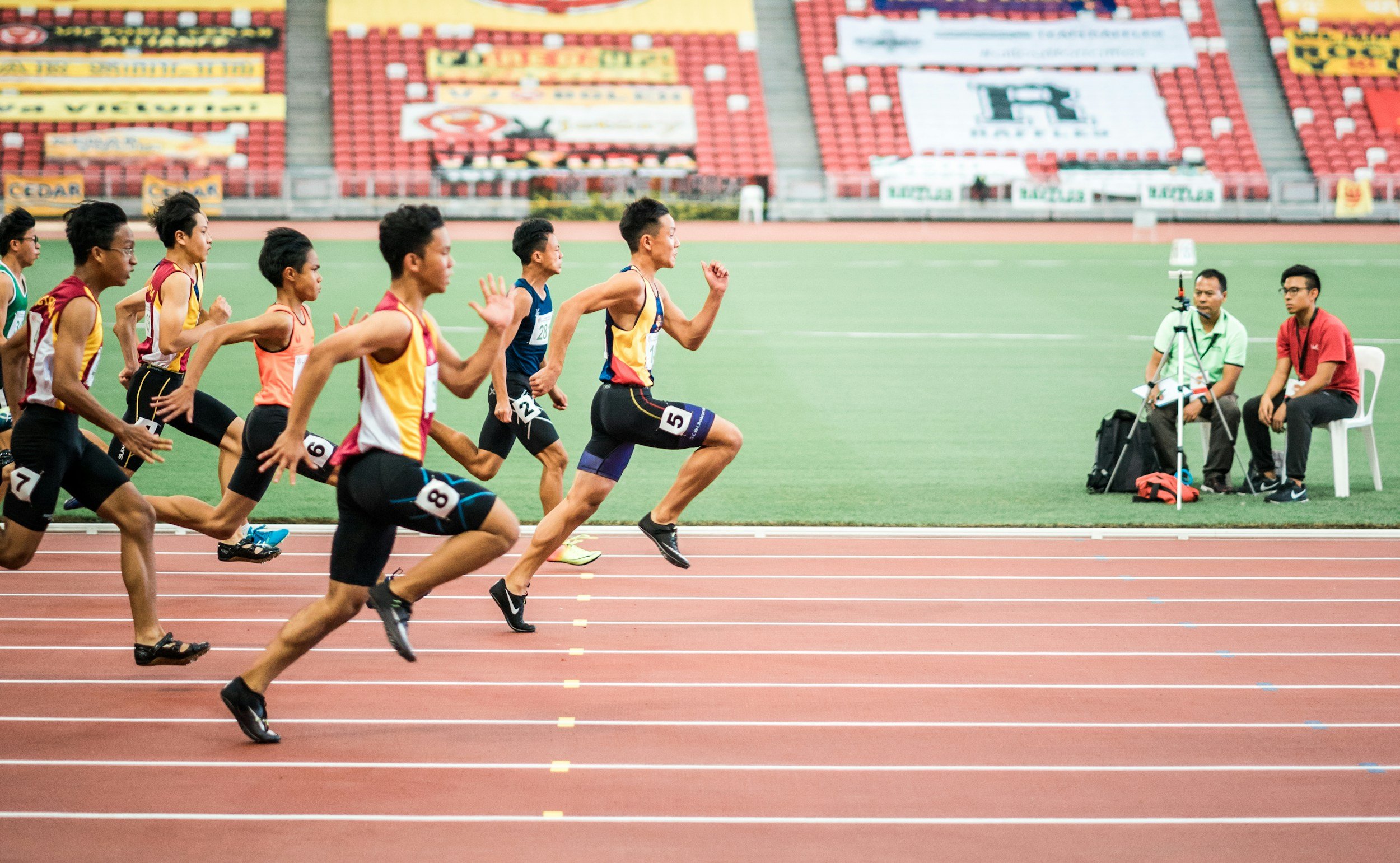
Agility Athlete
Agility athletes engage in rapid changes of direction, pivoting, cutting, and lateral movements that place significant stress on the muscles, tendons, ligaments, and joints. These high-impact movements generate forces that exceed the body's ability to absorb and dissipate shock, increasing the risk of acute injuries such as sprains, strains, and ligament tears.

Understanding the Agility Athlete
Agility movements can predispose athletes to injuries, particularly if movement patterns are faulty or inefficient. Poor technique and improper foot placement can lead to excessive stress on specific joints or soft tissues. This increases the risk of injuries such as ankle sprains, knee injuries, hip and even back injuries.
Agility athletes may develop muscular imbalances between the muscles that stabilize and move the body during dynamic movements. Weakness or dysfunction in the muscles surrounding the hips, knees, and ankles can alter movement mechanics, increase joint stress, and predispose athletes to injuries such as patellofemoral pain syndrome, iliotibial band syndrome, and hip impingement. Another key component is Insufficient warm-up and mobility work can increase the risk of injuries among agility athletes. Without proper warm-up exercises, muscles and connective tissues may be stiff, reducing flexibility and predisposing athletes to strains and tears. Inadequate mobility can also restrict range of motion, impair movement mechanics, and increase injury risk during agility movements.
Common Injuries
-
Lower back strains
Disc herniation
Facet joint syndrome
Muscle strains
Nerve compression
-
Hip flexor strains
Groin strains
-
ACL (Anterior Cruciate Ligament) tears
Meniscus tears
Patellar tendinitis (or jumper's knee)
Medial collateral ligament (MCL) sprains
-
Ankle sprains
Achilles tendinitis
Plantar fasciitis
Stress fractures

